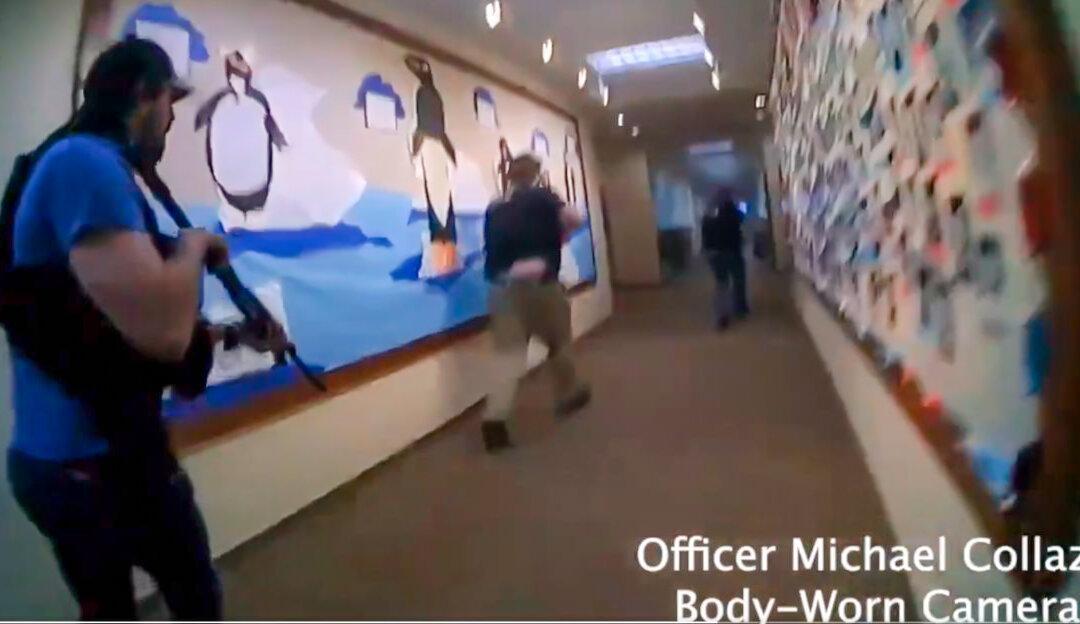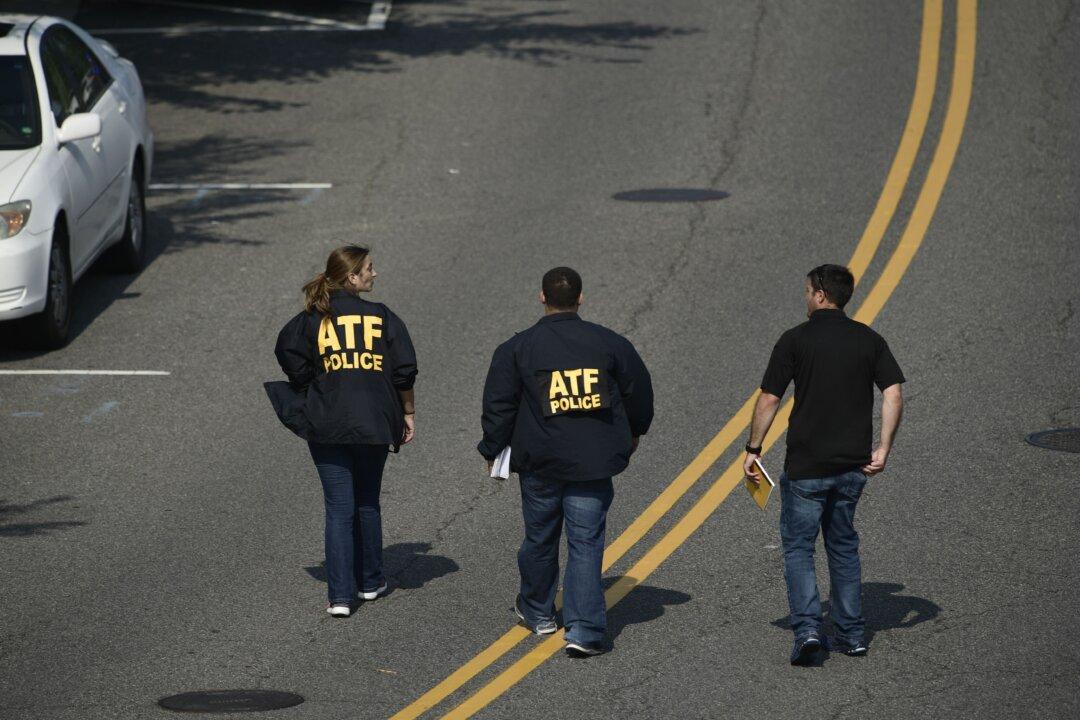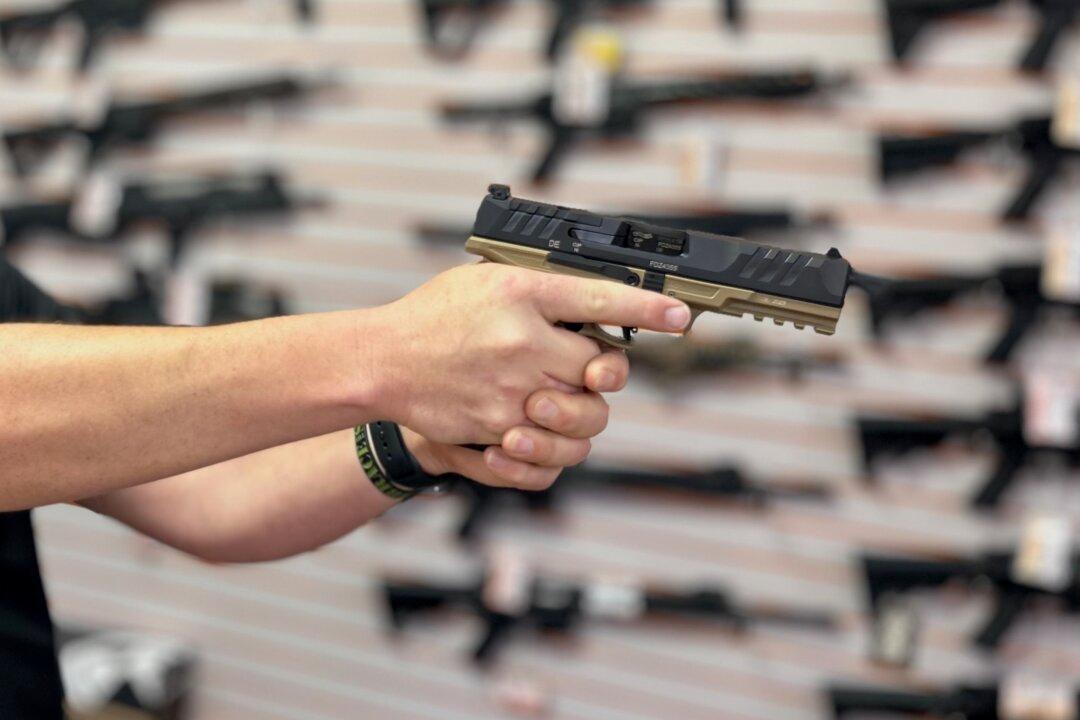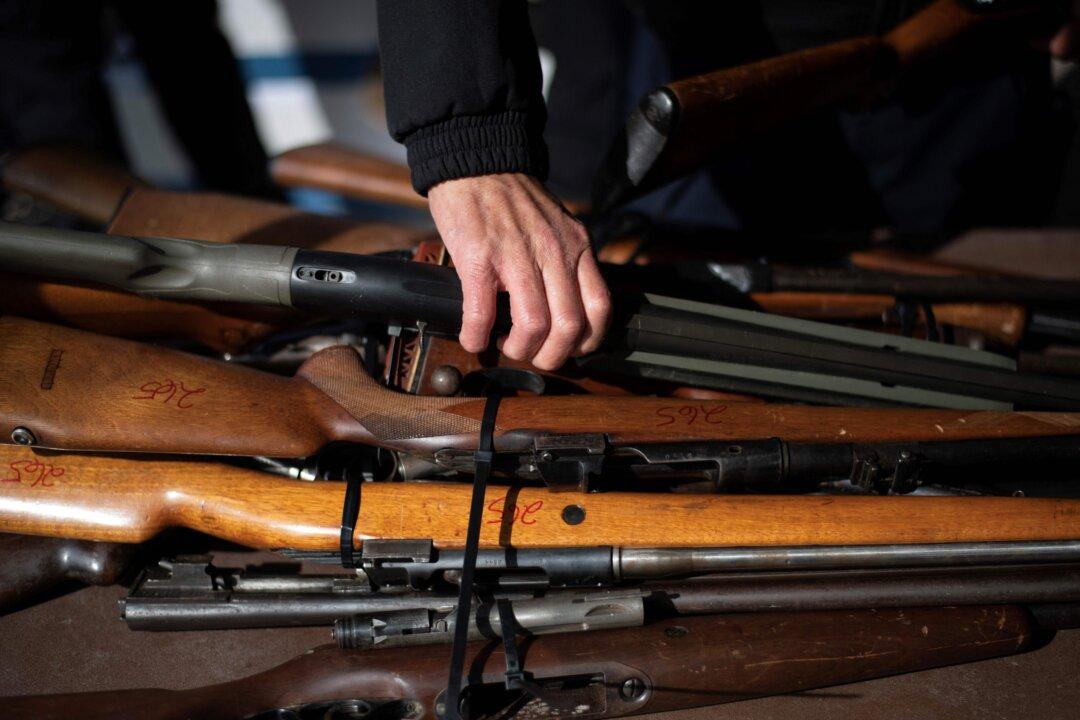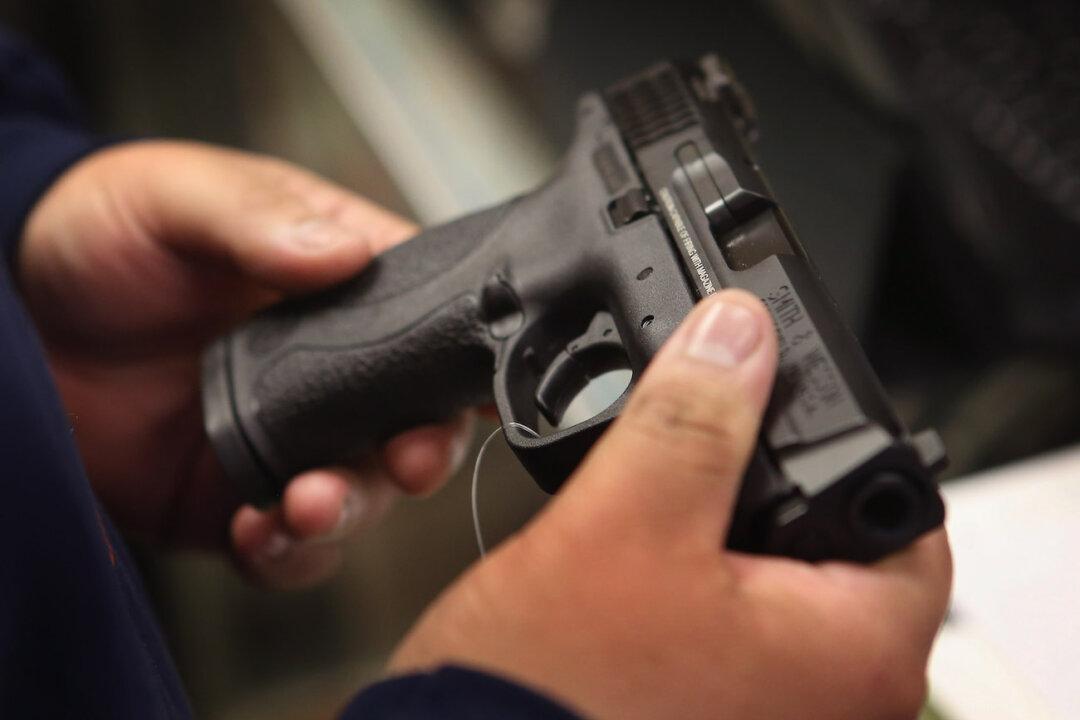Police in Uvalde, Texas, refused to enter a classroom of elementary school students to stop an active shooter because they feared an AR-15-style rifle. Nineteen children and two teachers were killed last May while police—some of whom had the same type of rifles as the gunman—waited over an hour to stop the threat.
Ten months later, Nashville police never paused before entering the Covenant school and never asked what kind of gun the shooter had, which was also an AR-style rifle. A small group of officers tracked down the shooter and killed her in less than 15 minutes.
